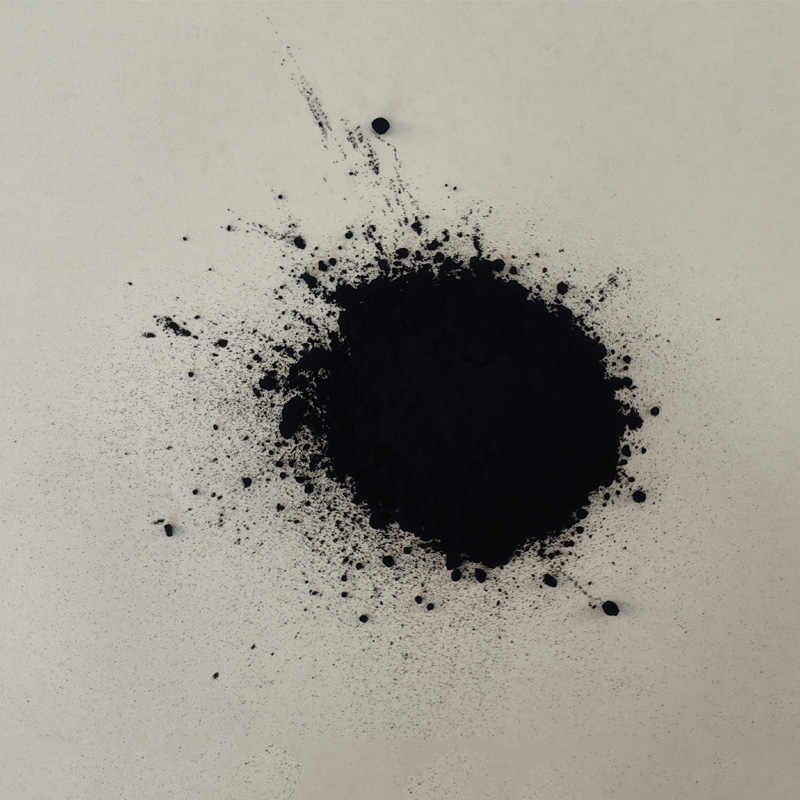Exploring the Origins and Production Processes of Indigo Dye in Factories Worldwide
The Journey of Indigo Dye From Plant to Factory
Indigo dye, known for its rich blue hue, has a long and fascinating history that intertwines various cultures and economies across the globe. Traditionally derived from the leaves of the Indigofera plant, indigo dyeing has evolved over centuries from local craft to a significant industrial process. This article explores the sources of indigo dye and the factories that have risen to meet the global demand for this timeless color.
Historically, the cultivation of indigo began thousands of years ago in regions such as India, Egypt, and Japan. The dye was extracted from plants like Indigofera tinctoria, which contain indican, a compound that, when fermented, transforms into the iconic blue dye. The process was labor-intensive; farmers would plant the indigo crops, harvest the leaves, and ferment them in large vats to extract the dye. This labor contributed to the socio-economic dynamics of the time, with indigo becoming a valuable commodity in trade.
The Journey of Indigo Dye From Plant to Factory
In the 19th century, with the advent of synthetic dyes, the natural indigo market faced significant challenges. Synthetic indigo, first developed in laboratories, provided a cheaper and more consistent product that began to displace traditional indigo dye. However, a resurgence of interest in natural dyes and sustainable practices has led to a renewed appreciation for indigo. Today, many factories that produce indigo dye prioritize organic cultivation and sustainable practices, catering to eco-conscious brands and consumers.
indigo dye source factories

Modern indigo dye factories are often sophisticated operations that incorporate both traditional methods and innovative technologies. For instance, many factories utilize the ancient Japanese indigo dyeing technique, known as shibori, which allows artisans to create intricate patterns while ensuring colorfastness. This blend of tradition and modernity not only preserves age-old craftsmanship but also enhances the aesthetic appeal of the dyed products.
Additionally, the rise of the fashion industry’s focus on sustainability has further influenced the factories producing indigo dye. Brands are increasingly seeking ethical sources of indigo, prompting factories to adopt practices that reduce waste and environmental impact. Techniques such as water recycling, organic farming, and careful management of chemicals are becoming standard practices in many dyeing facilities.
The cultural significance of indigo is still evident today, as it is celebrated in various festivals and traditional crafts around the world. The connection between the dye and the artisans who produce it highlights the importance of preserving this heritage. Educational initiatives and collaborations between designers and traditional dyers are flourishing, creating opportunities for artisans and inviting a broader audience to appreciate the depth of indigo culture.
In conclusion, the journey of indigo dye from plant to factory reflects a complex interplay of tradition, culture, and modern industry. As the demand for sustainable and ethically produced textiles grows, indigo dye continues to capture the imagination of designers and consumers alike. Embracing both its historical roots and contemporary practices ensures that indigo will remain a vibrant and significant part of the textile landscape for years to come. Indulging in this deep blue color is not just a fashion choice; it’s a connection to a rich tapestry of history, culture, and art.
-
The Timeless Art of Denim Indigo Dye
NewsJul.01,2025
-
The Rise of Sulfur Dyed Denim
NewsJul.01,2025
-
The Rich Revival of the Best Indigo Dye
NewsJul.01,2025
-
The Enduring Strength of Sulphur Black
NewsJul.01,2025
-
The Ancient Art of Chinese Indigo Dye
NewsJul.01,2025
-
Industry Power of Indigo
NewsJul.01,2025
-
Black Sulfur is Leading the Next Wave
NewsJul.01,2025

Sulphur Black
1.Name: sulphur black; Sulfur Black; Sulphur Black 1;
2.Structure formula:
3.Molecule formula: C6H4N2O5
4.CAS No.: 1326-82-5
5.HS code: 32041911
6.Product specification:Appearance:black phosphorus flakes; black liquid

Bromo Indigo; Vat Bromo-Indigo; C.I.Vat Blue 5
1.Name: Bromo indigo; Vat bromo-indigo; C.I.Vat blue 5;
2.Structure formula:
3.Molecule formula: C16H6Br4N2O2
4.CAS No.: 2475-31-2
5.HS code: 3204151000 6.Major usage and instruction: Be mainly used to dye cotton fabrics.

Indigo Blue Vat Blue
1.Name: indigo blue,vat blue 1,
2.Structure formula:
3.Molecule formula: C16H10N2O2
4.. CAS No.: 482-89-3
5.Molecule weight: 262.62
6.HS code: 3204151000
7.Major usage and instruction: Be mainly used to dye cotton fabrics.

